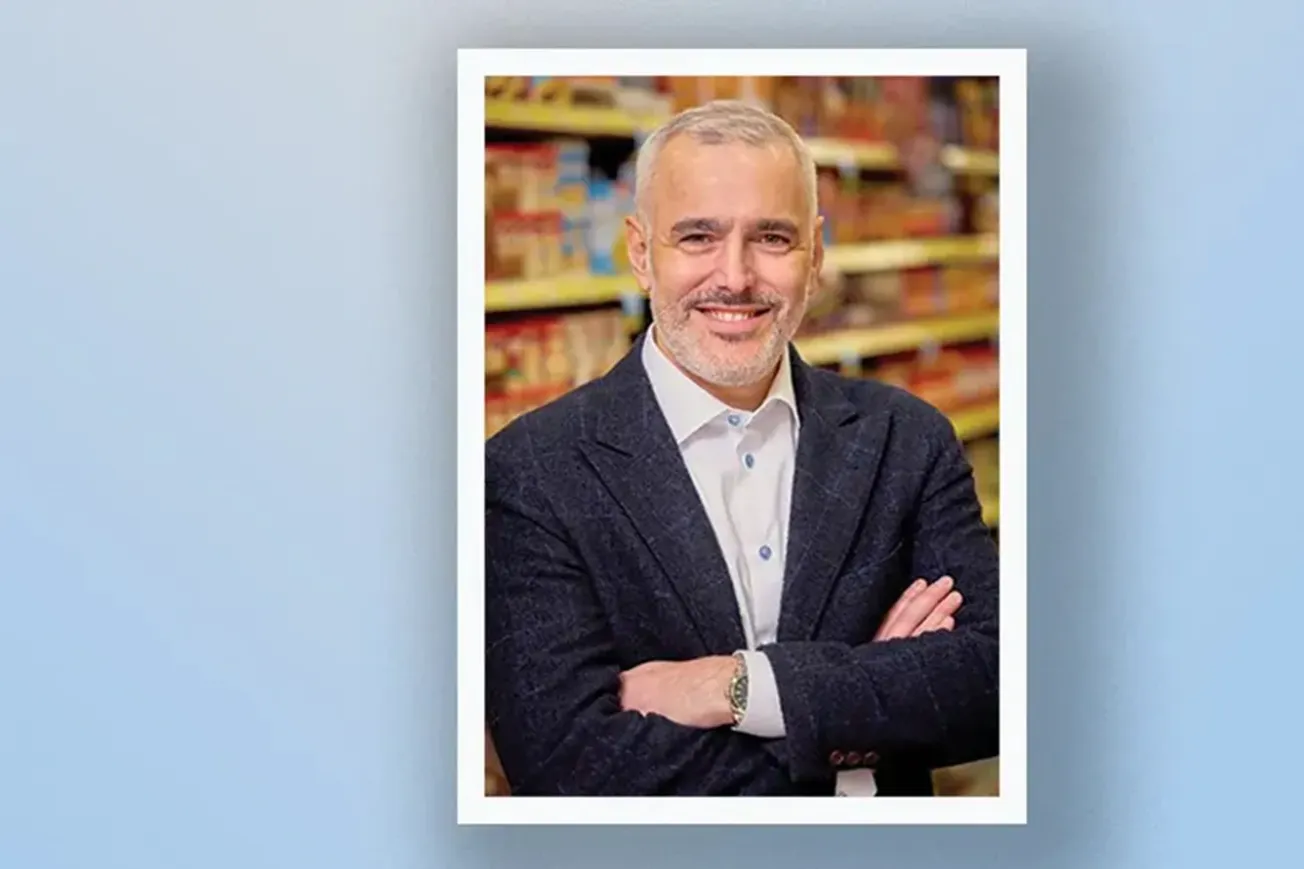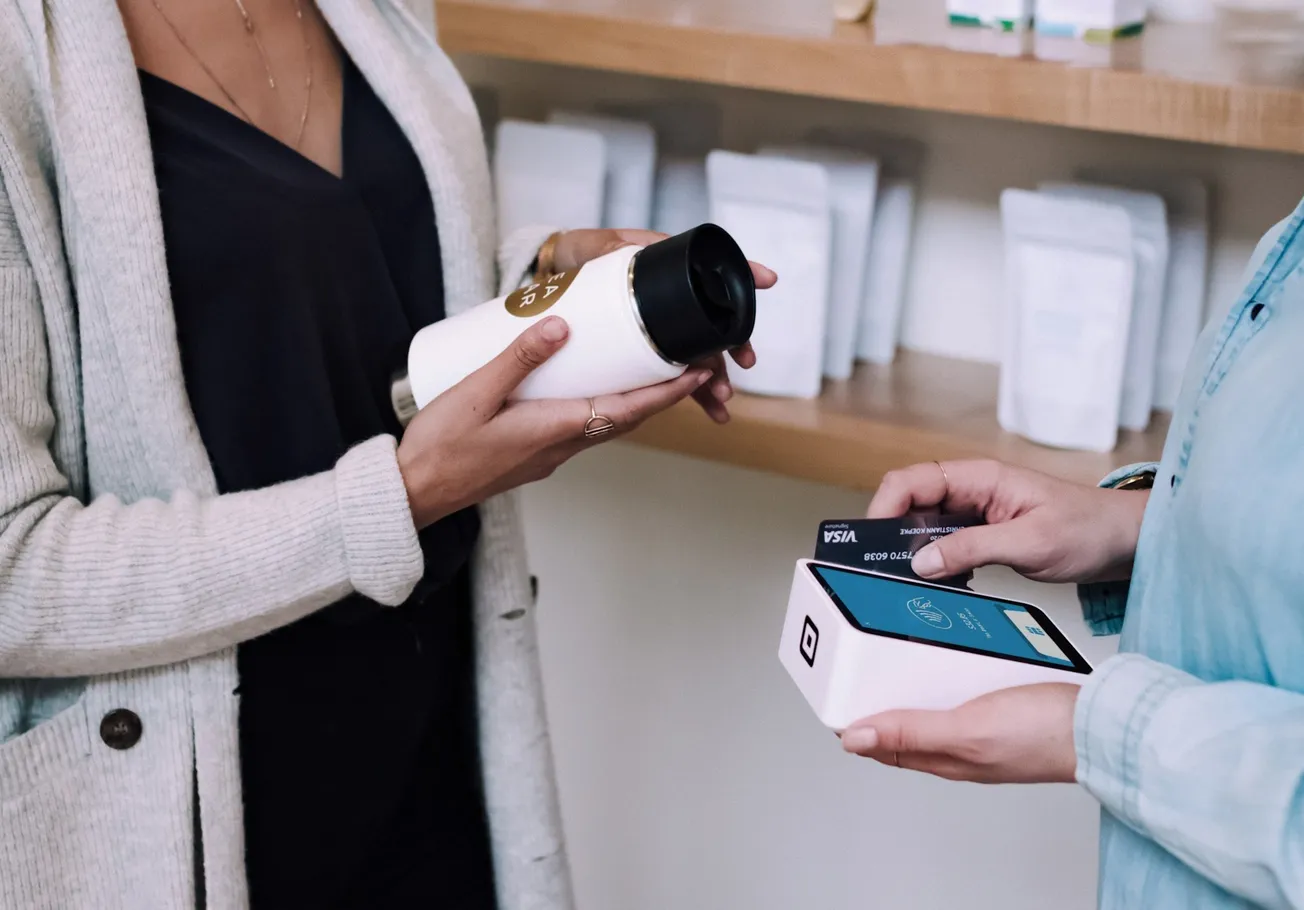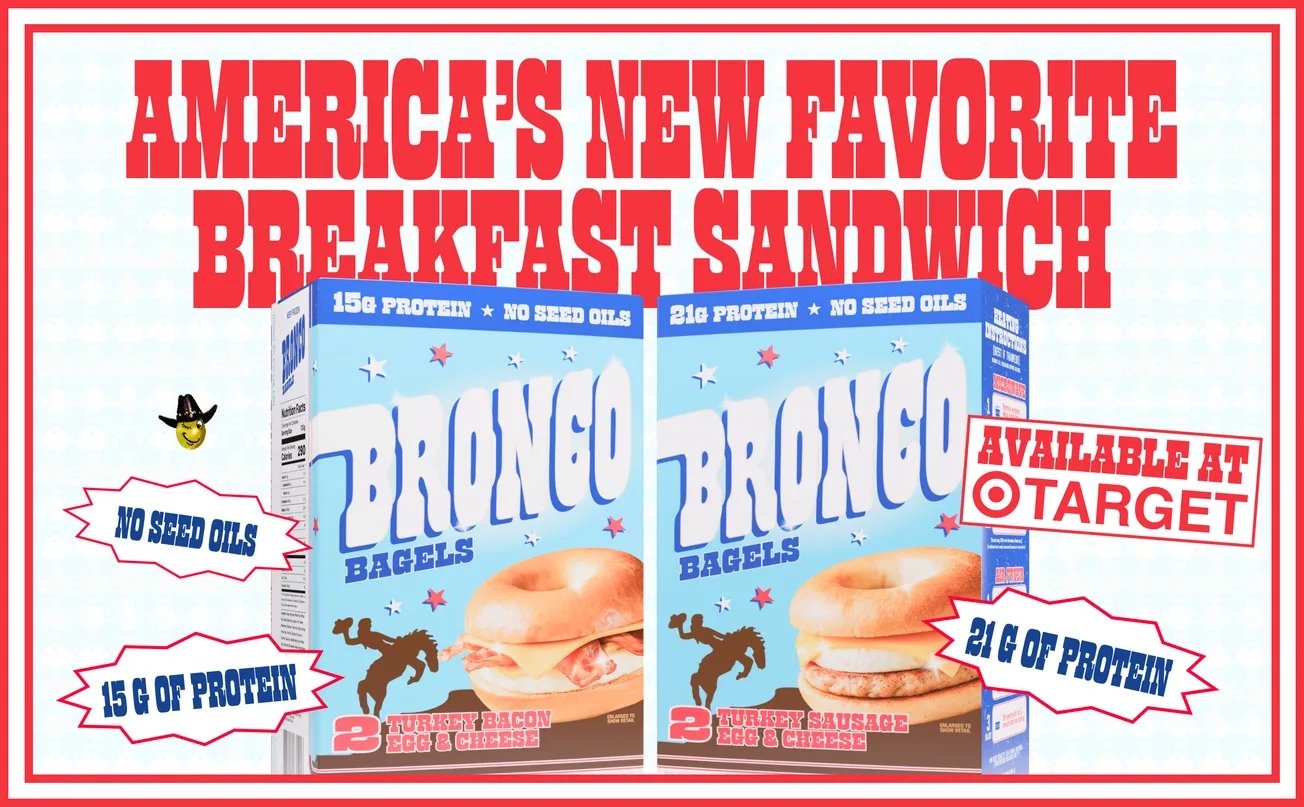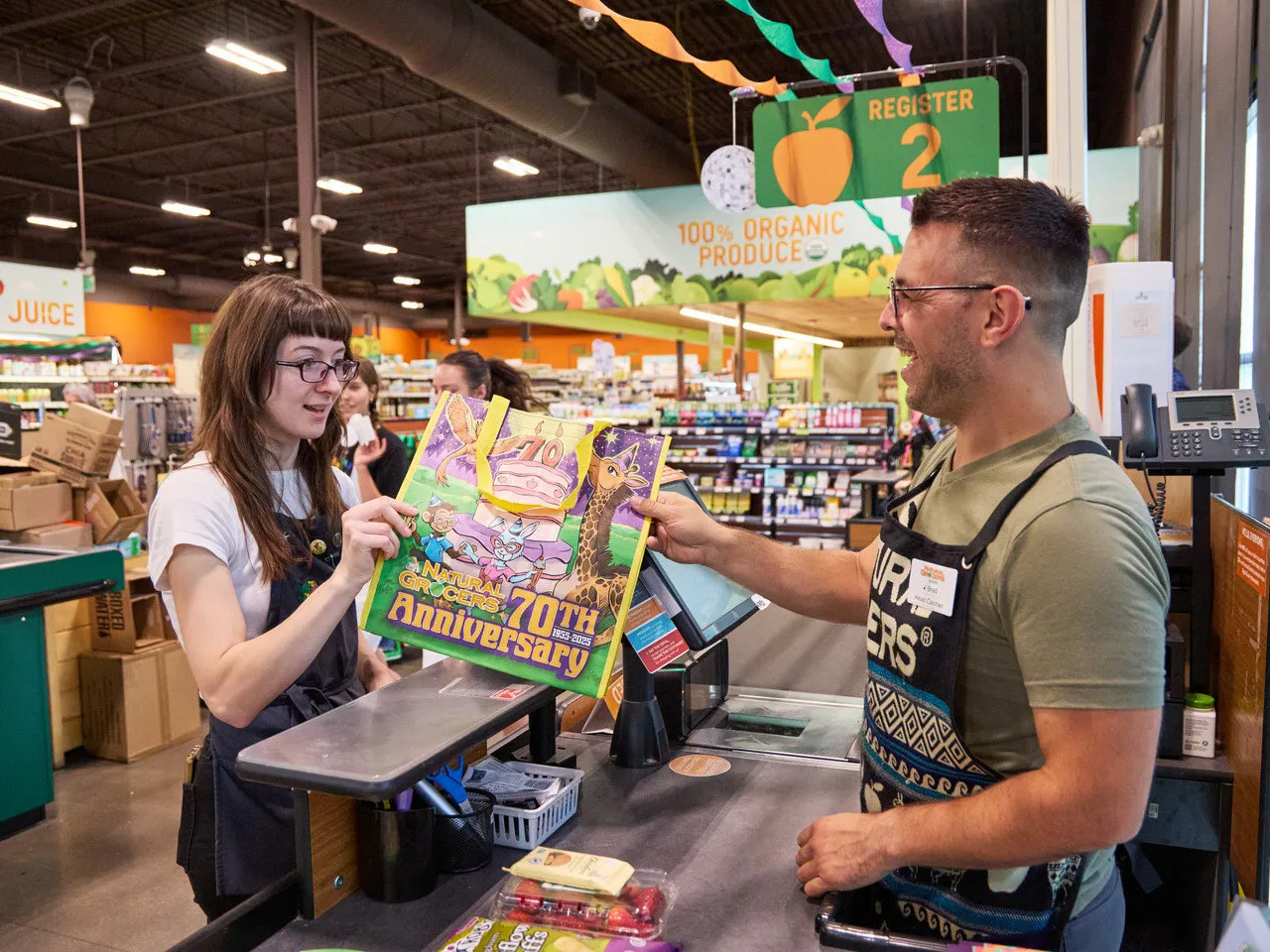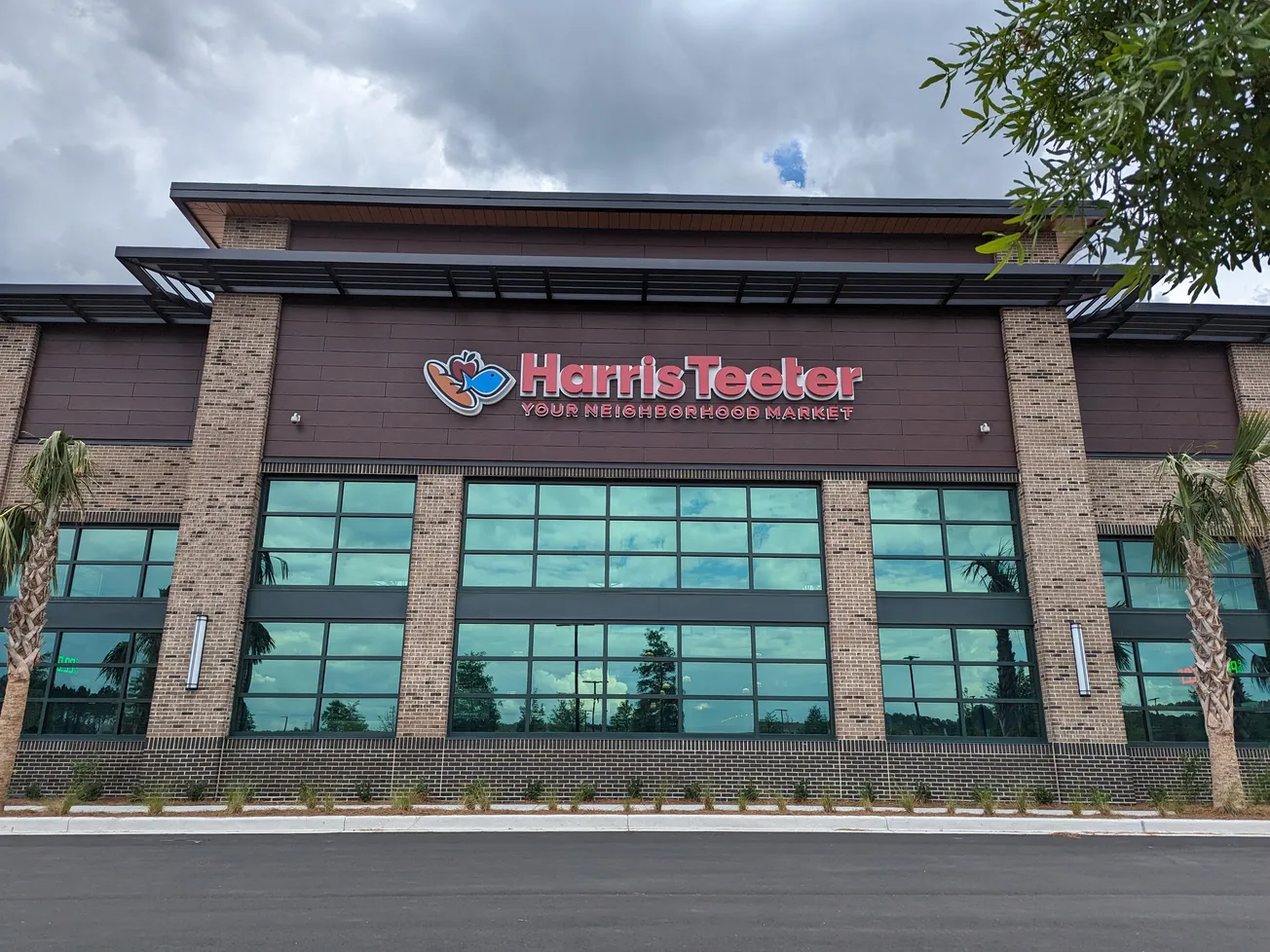What if the way your brand operates on Amazon today is exactly what’s holding you back? The platform is shifting faster than most suppliers are prepared for. AI-powered shopping, evolving algorithms, new ad tools, and hybrid selling models are all reshaping the playing field. The brands adjusting quickly? They’re not just surviving—they’re thriving, accelerating growth, pulling ahead, and locking in long-term gains in a more complex, high-stakes marketplace. Amazon isn’t just a place to list products anymore. It’s an ecosystem—and to scale profitably, you need to evolve with it.
This goes beyond just keeping pace. It’s about rethinking how your brand shows up, competes, and wins. We’ve worked closely with dozens of brands through this evolution, and the ones making real progress aren’t always the biggest names—they’re the ones willing to challenge their status quo and reshape how they operate on the platform. So what should you be watching right now? And more importantly, how should you be shifting your strategy to stay competitive?
Let’s start with the biggest disruptor: AI. For years, Amazon’s content strategy revolved around the A9 algorithm. Now, with the introduction of Rufus and Cosmo, the landscape has fundamentally changed. Rufus acts as a digital shopper’s assistant, interpreting intent and suggesting products. Cosmo works behind the scenes, aggregating and weighting detailed product information to optimize discovery. Together, they’re rewriting the rules of how shoppers search, compare, and convert.
These patented AI models are reshaping how shoppers discover, evaluate, and purchase products, leveraging Amazon’s vast shopper data to power smarter decisions with fewer returns and higher conversion rates. For brands, that means content now has to work for AI, not just the shopper. To win in this new environment, focus on:
- Visual SEO: Rufus uses Optical Character Recognition (OCR) to extract data from images. Use high-quality, zoomable visuals with text overlays that highlight benefits.
- Backend Attributes: Often overlooked but crucial. Cosmo gives high weight to detailed product info, including benefits, use cases, and certifications.
- Natural Language Copy: Keyword stuffing is yesterday’s game. Use conversational, benefit-led phrasing that mirrors how people actually search.
- Strategic Content Refreshes: AI thrives on updated data. Use review insights and seasonal shifts to keep product pages fresh. One clean beauty brand partner saw a 101% sales increase on a hero bundle by applying these AI-forward practices—upgrading imagery, refining backend data, rewriting copy, and updating content regularly.
Then there’s media—an area where many still leave value on the table. Amazon DSP has rolled out Brand+ and Performance+ at scale, offering stronger performance, controlled campaign setups, and transparent reporting. Amazon DSP’s Brand+ and Performance+ tools offer tighter performance, AI-powered setups, and clearer reporting. They combine first-party signals with machine learning to drive precision.
Amazon has also expanded Amazon Marketing Cloud (AMC) to include Sponsored Products and Sponsored Brands, enabling precise bid adjustments for specific customer segments. Enhanced targeting allows advertisers to optimize based on behaviors like clicks without purchases and sharpen keyword strategies to retarget effectively.
Additionally, Amazon’s media planning APIs help brands create outcome-driven, customer-centric plans—solving for needs like historical reach, forecasting, and deeper audience insights.
And the impact? Significant. We horsepowered one client to eliminate over $1 million in non-working media annually by consolidating ownership of full-funnel media, while driving a 29% YOY increase in total return on ad spend. Centralized media management clearly enables more strategic, efficient use of budget—and stronger performance across the board.
But all of that means nothing without operational excellence. Whether you’re running a 1P, 3P, or hybrid model, success depends on the basics—owning your supply chain, managing profitability, and controlling the buy box. But the complexity has grown.
Deciding on a model can be challenging. Consider:
- 1P—Predictability, but Less Control. In 1P, Amazon’s your buyer. You need to plan inventory like a wholesaler and get clear on margins from Amazon’s perspective.
- 3P—Flexibility, but Higher Complexity. In 3P, you’re in control—of pricing, fulfillment, and customer experience. That brings agility, but also more moving parts.
- Hybrid—Opportunity…with Strings. A hybrid approach offers volume from 1P and control from 3P—if inventory forecasting and profit levers are tightly managed.
Regardless of model, brands that win are relentless about SKU-level clarity, media efficiency, and supply chain control. One 3P partner we worked with faced significant operational challenges, operating at a -20% net profit margin. By conducting SKU-level diagnostics and analyzing key operational and marketing KPIs, they quickly turned things around—reaching a +5% NPM in under 90 days.
In the end, Amazon's evolution demands brands continuously adapt to new technologies and shifting dynamics. Whether it’s AI-powered tools like Rufus and Cosmo, strategic DSP and AMC integration, or tighter operational execution—success comes from agility and data-driven thinking.
Now’s the time to ask yourself: Is my brand optimized for where Amazon is going—or stuck where it’s been? Amazon isn’t waiting—and neither should you. Brands that evolve now will own the edge later. Let’s get out of autopilot and reshape how we operate on the platform. The opportunity is massive—for those ready to move.


